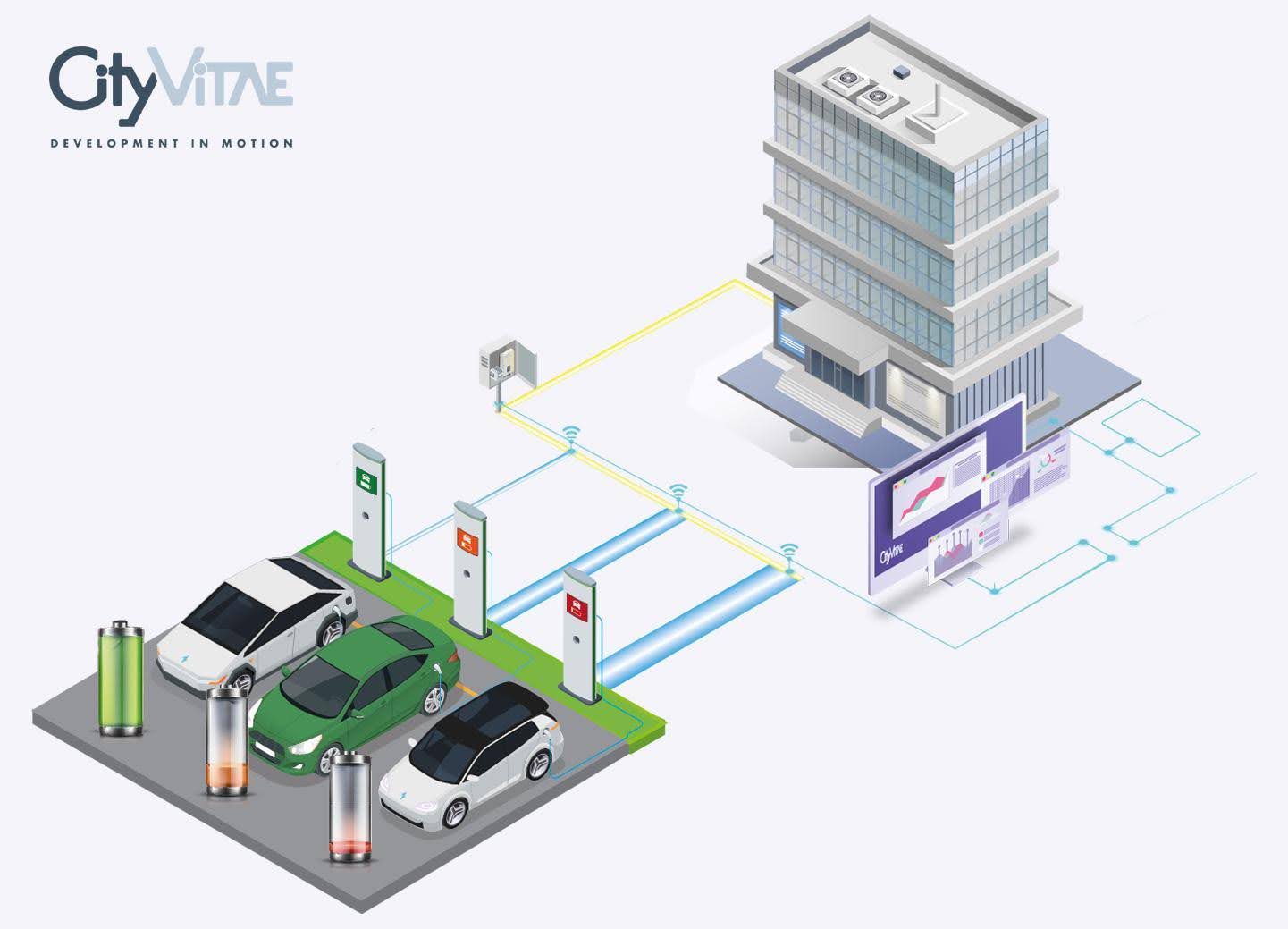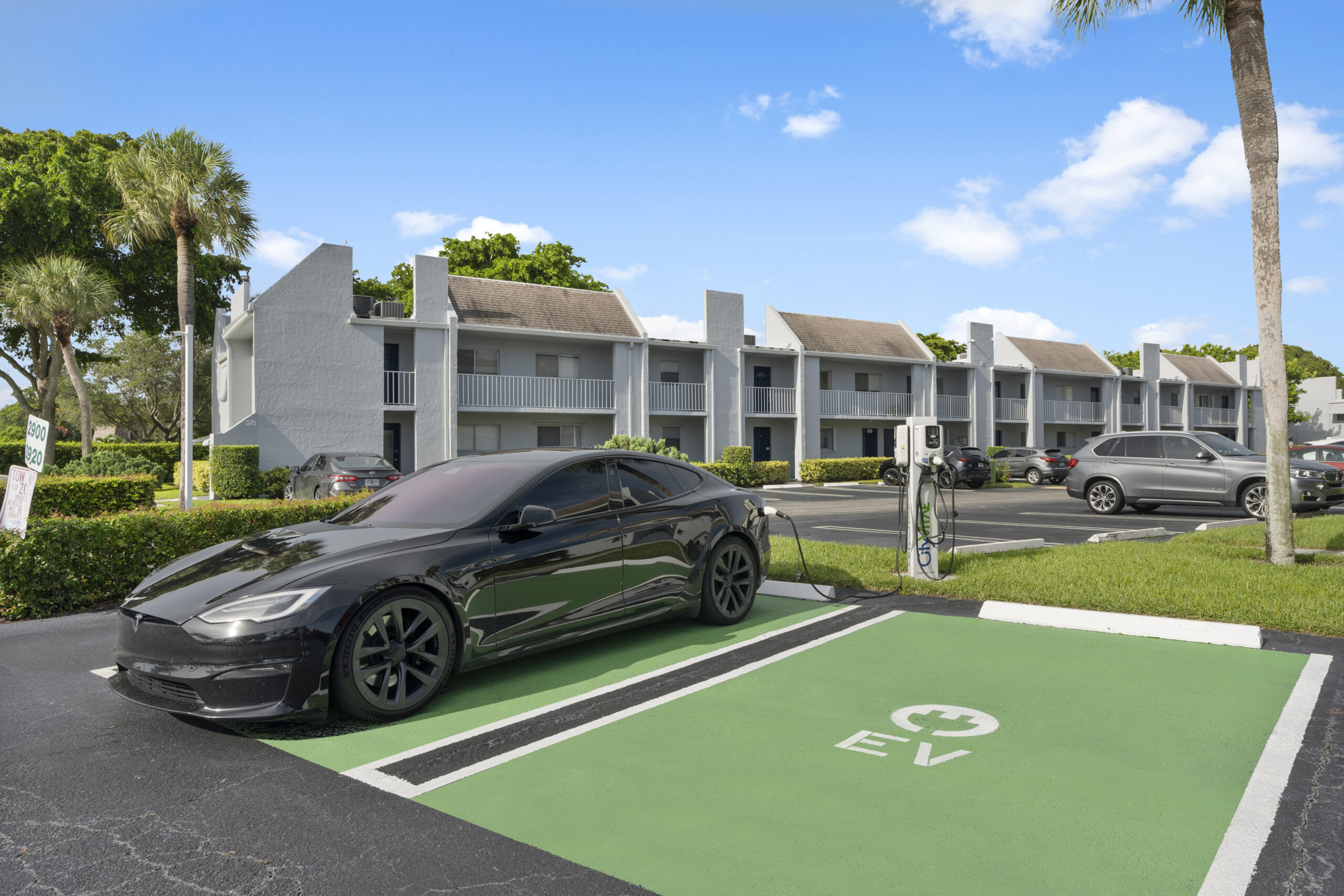Latin America EV Sales Up 90% As Transport Transformation Continues
The electric vehicle (EV) revolution continues, with news that 2018 sales of EVs were up 90%. Mexico accounted for nearly half the growth alongside a strong showing from Colombia and Costa Rica.
According to research from Bloomberg New Energy Finance (BNEF), “While the LatAm EV market is far smaller than East Asia, Europe and North America, accounting for less than 1% of global EV sales in 2018, it is starting to grow thanks to a handful of incentives and targets.”
According to the company’s Electric Vehicle Outlook 2019, over 2 million EVs were sold in 2018 up from only a few thousand less than a decade ago. The report says, “We expect annual passenger EV sales to rise to 10 million in 2025, 28 million in 2030 and 56 million by 2040.
While there are those that expect to see the speed of take-up to accelerate more rapidly the BNEF projections suggest that by 2040 nearly 60% of all passenger vehicle sales and over 30% of the global passenger vehicle fleet will all be electric.
Battery prices remain an issue, as does the materials supply for those batteries. Yet prices continue to fall and, if they follow the trend of wind and solar technologies, battery prices will continue to fall. In fact, BNEF expects to see price parity between EVs and internal combustion engines (ICE) by the mid-2020’s in most segments of the market.
There is a lot of variation between different geographies and different types of vehicle. In the UK for example, policy has been set to see 50% of all new car sales being hybrid or electric by 2040. It has roughly 1% of its passenger vehicles as electric, while the US stands at 2% of the overall market.
It is true that overall today, the EV fleet constitutes roughly half a percent of the global vehicle fleet and it will take time for the changeover to happen. BNEF projections suggest that the ICE market will continue to climb to 2030. This growth will be driven by growing populations and a growing global middle class, but the implementation of new models such as ride-hailing, car-sharing and technologies such as autonomous vehicles are set to transform the market.
Fleet transformation will obviously happen first, and China alone already has 400,000 electric buses on the road and figures from CleanTechnica suggest that EVs now constitute a 5.4% share of sales in the year to date. In India vehicle ownership stands at 8% of the population, and is expected to grow to 30-40% over the next ten years. Local company EESL has committed to rolling out 10,000 charging stations in the next ten years expecting to see widespread take-up following subsidy support for 35,000 cars which is expected to kick off the shared mobility market in India.
Car makers around the world have made commitments to electrification and, according to research from Reuters, are planning to invest around $300 billion in EVs over the next five to ten years. Today, air pollution kills about 6.5 million people per year around the world and there is a growing focus on role of transportation in this. Emissions controls are getting tighter both at national and city level, and increasing visibility on the health impacts of short lived climate pollutants (such as black carbon) are likely to continue to drive policies which support and drive the deployment of EVs. Change is in the air, and it feels inexorable.
Felicia Jackson Contributor
I write about innovation, finance, energy, climate and sustainability.





